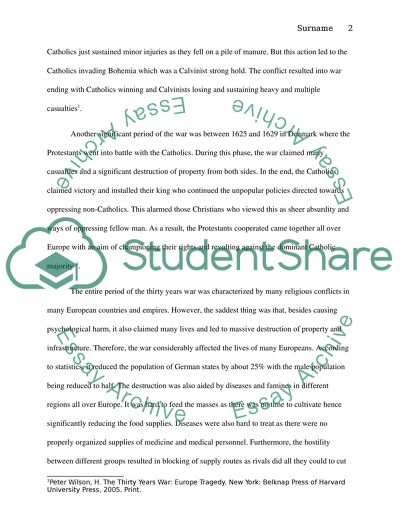Cite this document
(“The Thirty Years War Essay Example | Topics and Well Written Essays - 1500 words”, n.d.)
Retrieved from https://studentshare.org/history/1435268-why-was-the-thirty-year-s-war-fought-to-what
Retrieved from https://studentshare.org/history/1435268-why-was-the-thirty-year-s-war-fought-to-what
(The Thirty Years War Essay Example | Topics and Well Written Essays - 1500 Words)
https://studentshare.org/history/1435268-why-was-the-thirty-year-s-war-fought-to-what.
https://studentshare.org/history/1435268-why-was-the-thirty-year-s-war-fought-to-what.
“The Thirty Years War Essay Example | Topics and Well Written Essays - 1500 Words”, n.d. https://studentshare.org/history/1435268-why-was-the-thirty-year-s-war-fought-to-what.


